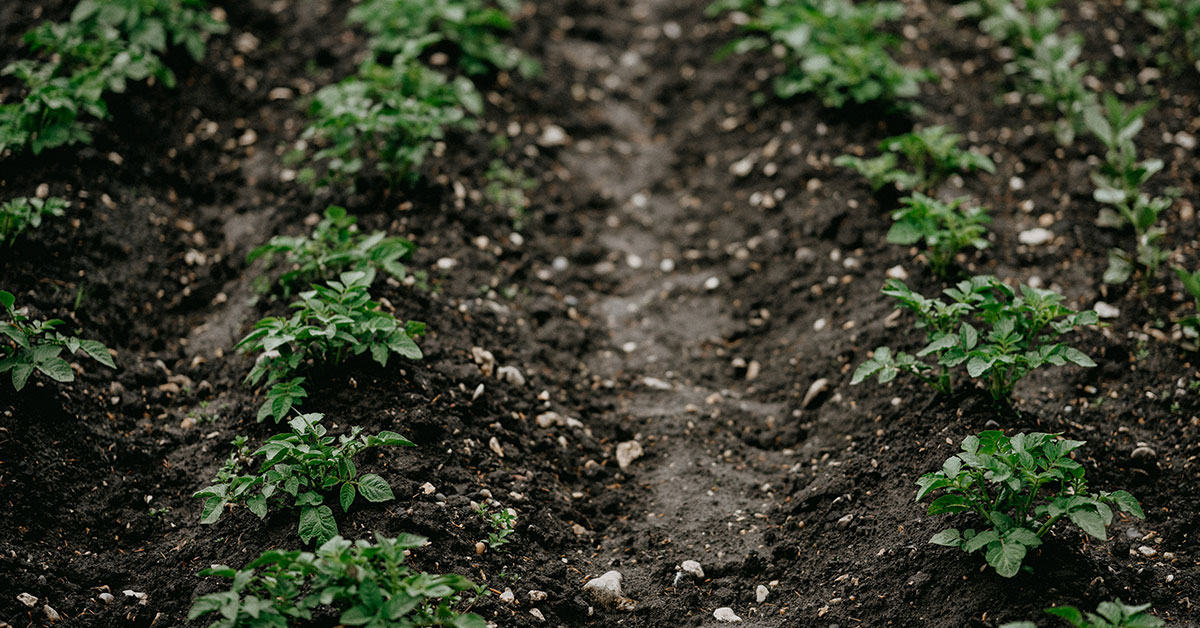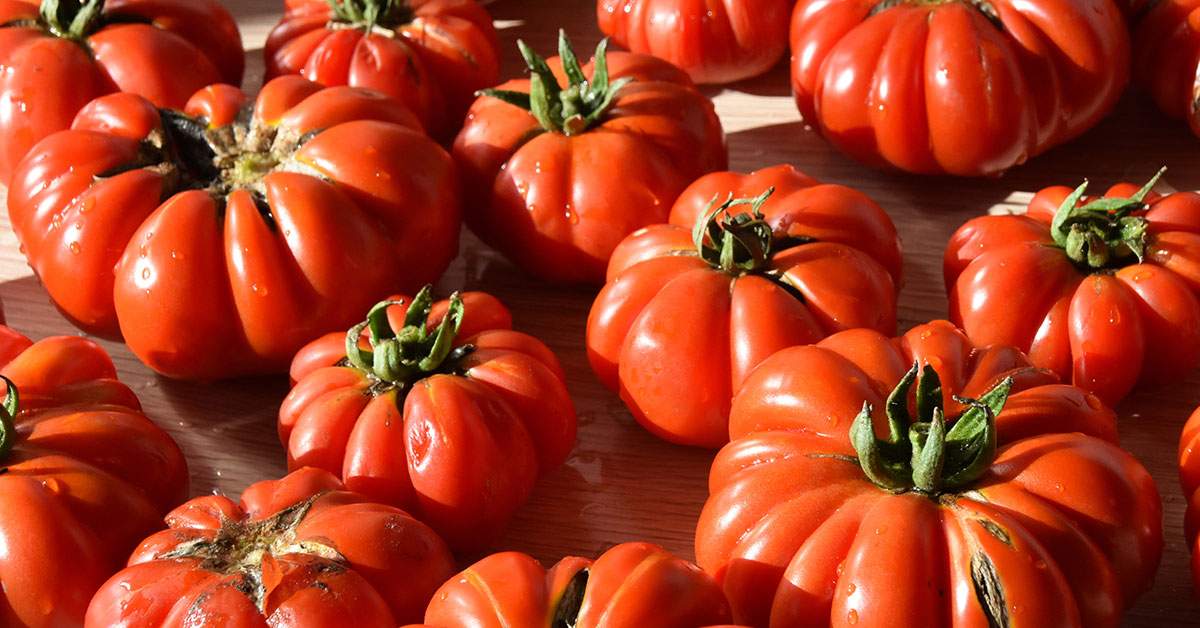Potatoes are a great crop to grow in zone 13 as there is no need to worry about frost. You can grow three consecutive crops each year, starting in the spring and ending in the fall. Planting potatoes in raised beds or mounds will ensure they are well-drained and will also help you to avoid any potential problems with soil-borne diseases. In this article, we’ll talk about how to squeeze 3 potato harvests in per year.
USDA Hardiness Zone 13 Climate
Zone 13 has a warm climate with mild winters and hot summers. This zone experiences long, warm days. Potatoes can be grown any time of year in Zone 13 and can thrive in warm temperatures.
The Best Seed Potatoes For Zone 13
When selecting seed potatoes for growing in zone 13, it is important to be mindful of the variety’s days to harvest and the length of time you have before you want to harvest them.
Early-season varieties such as ‘Yukon Gold’ and ‘Red Norland’ have fewer days to harvest and should be planted as soon as possible for harvesting in late summer.
Mid-season varieties such as ‘Russet Burbank’ and ‘Kennebec’ have more days to harvest and should be planted in late April or early May for harvesting in fall.
Late-season varieties such as ‘Cara Russet’ and ‘All Blue’ have the most days to harvest and should be planted in late April or early May for harvesting in early winter. Be sure to select varieties with the right number of days to harvest for your intended harvest date. Some good potato varieties for zone 13 include:
- Russet Potatoes: 85-95 days
- Yukon Gold Potatoes: 90-110 days
- Red Potatoes: 80-90 days
- Purple Potatoes: 90-110 days
- Fingerling Potatoes: 90-120 days
- Sweet Potatoes: 90-120 days
- White Potatoes: 90-100 days
- All-Blue Potatoes: 95-105 days
- Yellow Finn Potatoes: 85-95 days
- Kennebec Potatoes: 85-95 days
When To Plant Potatoes In Zone 13
Zone 13 experiences no hard frosts, meaning that the humble, hardy potato can be grown at any time of the year. Most potatoes are ready to harvest by around 100 days after planting, so in a single year, it’s possible to grow 3 consecutive crops of potatoes.
How To Plant Potatoes In Zone 13
To plant seed potatoes, begin by preparing the soil for planting. This can be done by tilling the soil to a depth of approximately 8 inches and adding organic compost to the soil. Once the soil is ready, place the seed potatoes in a sunny location that receives at least 8 hours of direct sunlight.
The seed potatoes should be planted with the “eyes” facing up and should be spaced approximately 8 to 10 inches apart. Cover the seed potatoes with 3-4 inches of soil, and water them well. Once the potatoes begin to sprout, add more soil to the rows to ensure that the potatoes are well covered.
Water the potatoes regularly and keep the area free of weeds.
Caring For Potato Plants
Caring for potato plants is pretty easy – they’re incredibly hardy and generally no-fuss. Potato plants need full sun and well-drained soil to thrive. They should be watered deeply and regularly, allowing the soil to dry out between waterings.
Fertilizing is also important for optimal growth. Potato plants need a balanced fertilizer with equal parts nitrogen, phosphorus, and potassium. This should be applied every four to six weeks, depending on the soil’s nutrient content.
It is also important to keep the soil evenly moist, as potatoes do not tolerate dry or waterlogged conditions. Mulching around the potato plants can help retain moisture and reduce weeds.
When To Harvest Potatoes In Zone 13
There are two sure ways to know your potatoes are about ready to harvest! The first is counting backward from your current date to their planting date. Potato varieties have an approximate number of days to harvest, so consult the days to harvest for the particular variety of potatoes you’ve planted. If you aren’t sure, assume it’s around 100 days.
The appearance of your potato plants is another dead giveaway. You will know your potatoes are ready to harvest when the foliage begins to turn yellow and die back. Allow the soil around the plants to dry before harvesting, but don’t allow it to be dry for too long. Once harvested, inspect the potatoes carefully- they should be firm and free of green or soft spots.













